Human Rights of Children in Turkey: The Thin Line Between Sin and Crime
Rather than blindly go along with the commonly held concepts of crime, criminality, punishment and detention, there is a need to formulate new concepts and new kinds of organization. Is it a crime for a wild animal to eat another animal because it is hungry? Is it a crime for human beings to kill and eat cows, sheep and chickens? When a little boy, following his natural instinct, steals food so that he might stay alive, is he committing a crime? The child’s act cannot be deemed a crime if the other two are not crimes.
Is it a criminal act for a child to fight on the streets to protect him or herself when the child has witnessed his or her father beat his mother, when he or she watches adults fight on the streets, and people kill each other so easily on television and in the cinema?
Could it be a crime when a child, desperate to escape his daily reality, becomes addicted to alcohol and attempts to rob an adult on the streets to feed his addiction?
In short, if we accept that attacks on the elderly and infirm, and abuses carried out within the justice system, are illegal, is it not equally criminal that preadolescent children are subjected to the same treatment?
The justice system in Turkey, despite all manner of revisions, will never be fair to children until it stops to avoid changing the determination of the concept of crimes against and by children.
In large cities, particularly Istanbul, the majority of the children who live on the streets, and their parents, have migrated from the countryside to the urban centers. These are the children of families without knowledge of urban culture and without support in coming to terms with the change. The metropolis is unsettling for all family members. Children, who observe their parents becoming estranged from each other, become themselves estranged from the parents to whom they owe their lives. The metropolitan experience for them is one of rootless alienation. When they’re forced to live out on the streets and risk everything to survive, they experience traumas through violence and sexual abuse. Subsequently they become alienated from their own bodies too. Their ability to tell right from wrong becomes confused and continues to waiver. They make up their own rules.
The only way out for these children is to strike out on their own on the streets, and this puts them at risk. They might try to suppress their loneliness by ganging up with other children, searching out places to sleep in tunnels or on waste sites. These children are the true victims of the metropolitan terror. But who or what is to blame: the metropolis or the government that rules it?
The vicious circle of alienation not only estranges children from their environment but also from each other. Detached from society, unheeded by the government, isolated from the compassion and love that family life could offer, they lose their fear of being hit or punched after being continuously violated and sexually abused. Rape itself becomes an accepted expression in the vocabulary of their lives. This normalization may cause them to violate and rape other children as many times as they can when there is an opportunity.
During my research, I came across the case of a boy nicknamed Finger who was just nine years old when I met and spoke with him. Unusually, he was not convicted of theft but of violating eleven little girls. He found nothing unnatural in having been raped while he served out his prison sentence. He’d been raped many times by adults as a street child, and it was a shock for him to learn about the value that virginity is accorded within the relationship between a man and a woman. Because he’d become alienated from his own body, his revenge was to corner and violate girls who lived in families, revealing his envy of their situation. He grew prouder of his championship score as the number of girls increased.
He didn’t care what he had been through; his main purpose was to increase the score. It meant nothing that he was beaten up countless times. He wasn’t able to relate what he’d done to the concept of crime. Those who’ve been traumatized as a result of the violence and rape out on the street feel no guilt, even when they cause trauma to others. For Finger, no punishment could be enough to dissuade him. His ambition was to grow up as soon as possible and do the same thing to men.
From time to time in Turkish prisons, children from juvenile wards are given the opportunity to attend lessons in religion, citizenship, sociology and psychology. It’s highly debatable whether these lessons do any good, since the children lack the ability to connect these subjects to their inner worlds. Imagine yourself sitting in a long row with prisoners serving time for petty crime and the other children from the juvenile wards. Picture a very serious and dedicated teacher of sociology, facing your group in one of the rooms in the prison, lecturing to you for about an hour or so about Alfred Adler’s thesis on forms of social behavior. Now put yourself in Finger’s position. Wouldn’t this lecture really be a meaningless torture unless you disrupt it?
The following incident occurred during a lecture on religion. An Imam was invited to give a talk to adults and juveniles about zina, meaning adultery in Islam, and specifically zina of the eye. After establishing, as he thought, that in the Islamic religion it is a sin to have zina of the eye, he explained in more detail what zina of the eye is. While walking on the street, for example, if you see a woman’s underwear amongst the laundry hanging from a balcony or window, that equates to zina of the eye with the owner of that underwear.
When the Imam paused, there was a momentary silence in the room. Then the street children from the juvenile ward started to object and shout “This is not a sin!” as they imagined their mothers’ or sisters’ underwear hanging on the line. They began to punch the Imam in the face. Hearing the shouts, guards entered, followed by soldiers and between them, they rescued the injured Imam. During the entire lecture and subsequent attack, the adult prisoners didn’t move a muscle but the children objected to and revolted against the idea of their mothers being sent to hell in sin. Even though these children, who’d been sent to prison by the justice system, did not understand the concept of crime, they could not accept that their mothers were considered to be sinful: the mothers who might well have kicked them out from their homes onto the streets.
Isn’t this contradiction proof enough of the need to redefine the concept of crime and punishment for children, informed by considering how children perceive the world?
There is an urgent need for the Turkish justice system to examine and reconsider acts performed by children at risk and relate them in different ways to acts by adults, to reformulate current notions of criminality.
Furthermore, these children’s acts should be analyzed by considering their conditioning and alienation from the metropolis, their families, and themselves, and taking into account their migration from the countryside to the city and the tensions produced by this.
The root of these acts of violence and destruction is not merely ideological, or the result of economic systems, or development in technologies, although these all play a part in fomenting violence. The basis lies in the relationships between children and their families during the short years of their childhood and, after they grow up, the relationships they manage to build with their own children. The experiences of the children of the street should serve as a stark reminder that if these family relationships continue to be fractured and abusive, then it will become impossible, in Turkey and elsewhere, to stop the violence and destruction.
Editor’s Notes: Photographs one, three, five, seven, nine and eleven by Thomas Leuthard; photographs two, four, six, eight and ten by Landahlauts.
Related Articles


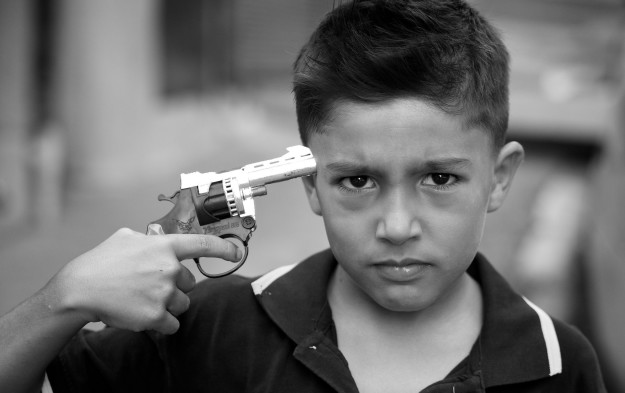
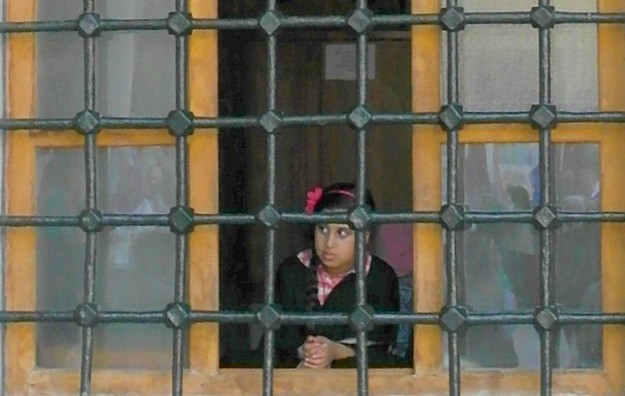
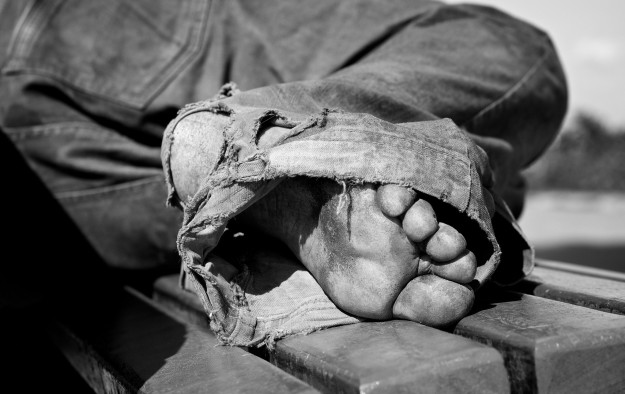
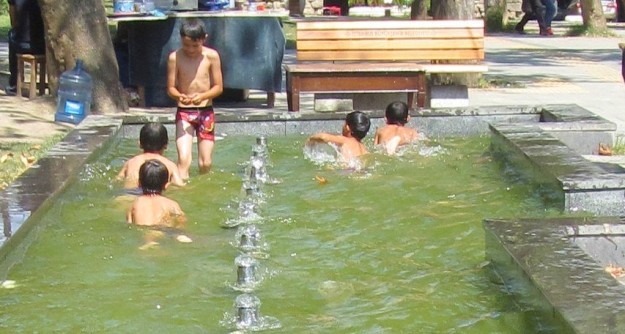
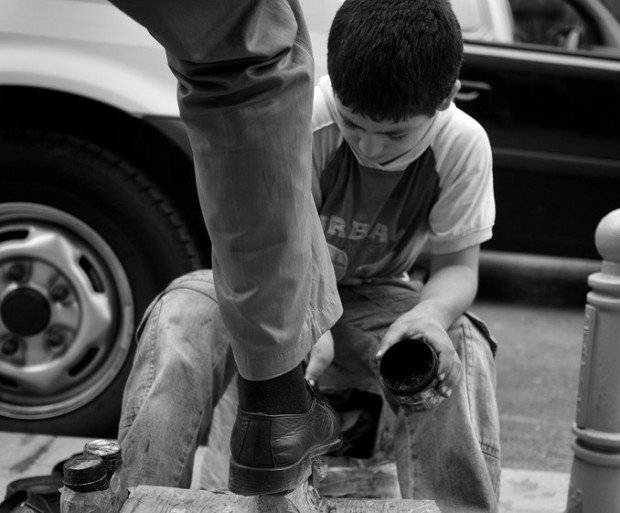
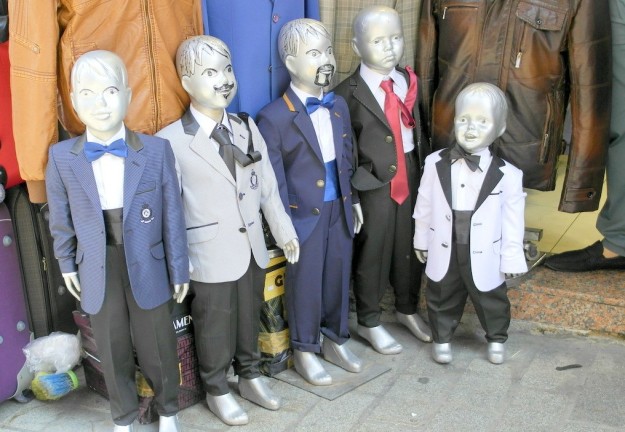
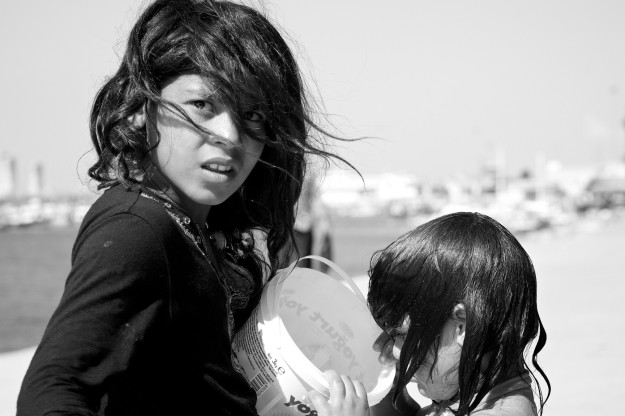
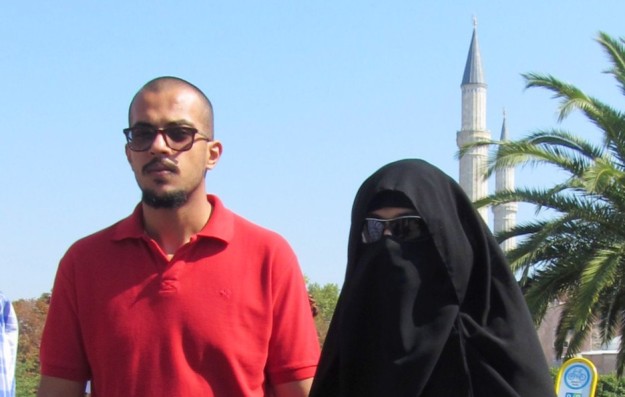
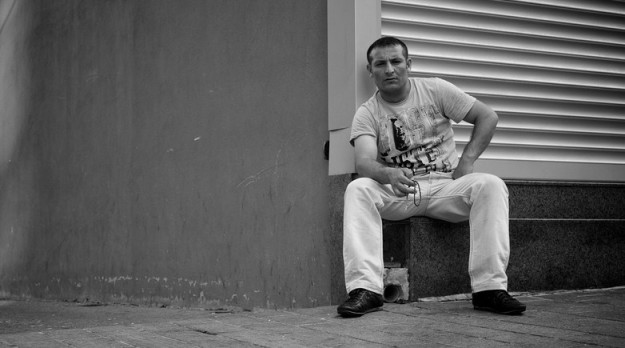
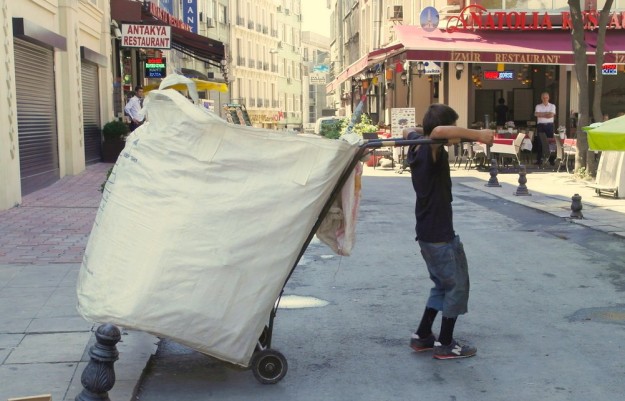












You must be logged in to post a comment Login